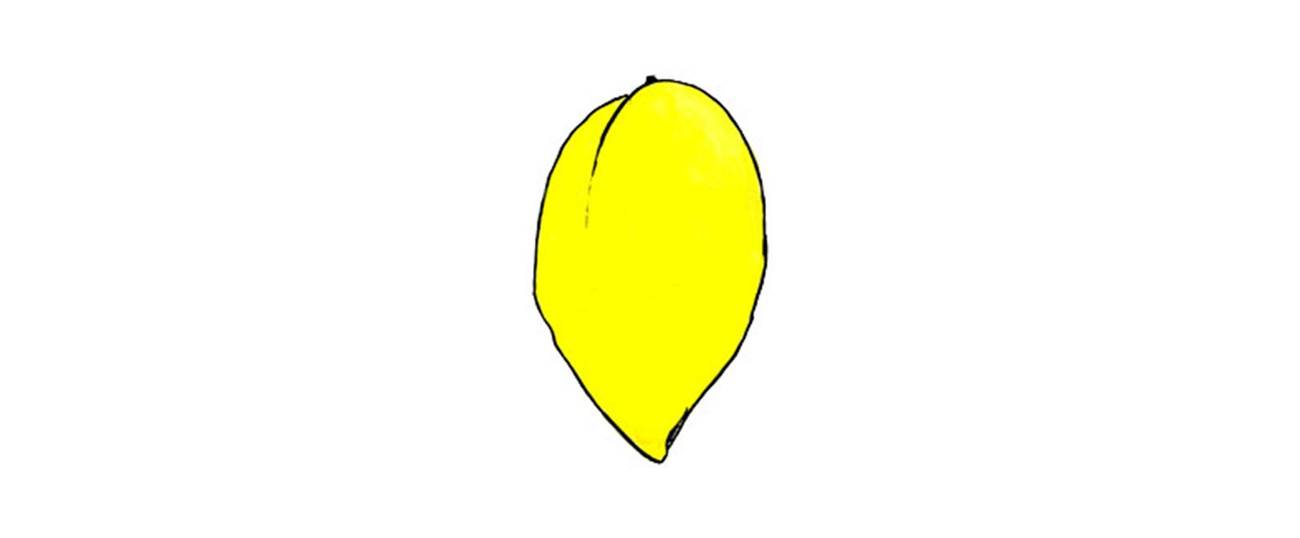 Leopoldus Pilichowski: Sukkot, 1894/95 (Museum Iudaicum, Novum Eboracum)
Leopoldus Pilichowski: Sukkot, 1894/95 (Museum Iudaicum, Novum Eboracum)
 Sukkot w getcie warszawskim
Sukkot w getcie warszawskim
rabin David Berman
„W naszym szopie, zmartwienia innego typu. Nie mamy Etrogu i Lulawu i nie będziemy w stanie dopełnić przykazania i błogosławieństwa. Czekaliśmy do ostatniej chwili pewni, że przybędzie…”
(Rubin Feldszuh s. 483 – FELDSZUH-6-C. 00485)
Żydowskie święto Sukkot, znane również jako „Święto Szałasów” lub Kuczek, rządzi się swoim własnym, unikalnym zestawem zwyczajów i praw. Święto przypada pięć dni po Jom Kipur, pod koniec września lub w październiku. Upamiętnia wędrówkę Żydów przez pustynię do Ziemi Obiecanej po wyjściu z Egiptu. Zgodnie z tradycją mieszkali oni wtedy w szałasach. Dwa podstawowe obowiązki to jedzenie i spanie w szałasach oraz odmawianie błogosławieństwa z bukietem z czterech gatunków roślin w ręku.
Budowana z okazji święta „kuczka” to szałas lub tymczasowa altanka z dachem (zgodnie z tradycją przez dach „kuczki” powinny być w nocy widoczne gwiazdy), wykonanym z gałęzi lub roślin, w której Żydzi mieszkają przez siedem dni. Wspomniane cztery gatunki roślin to cytron (etrog), gałązka palmy daktylowej (lulaw), gałązka mirtu i gałązki wierzby. Wszystkie cztery elementy trzyma się razem w trakcie wykonywania gestu błogosławieństwa.
Przez cały okres okupacji niemieckiej w Warszawie przestrzeganie nawet najbardziej podstawowych żydowskich obowiązków i tradycji religijnych było niezwykle trudne, a czasem wręcz niemożliwe. Mimo to religijni Żydzi zadawali sobie wiele trudu i podejmowali wielkie ryzyko, starając się wypełnić obowiązki, które były prawnie zakazane przez okupanta.
Kuczka stanowi ten rodzaj tradycji, który jest doskonale widoczny, nawet dla postronnego obserwatora. Budowanie ich zatem w okresie okupacji było niebezpieczne. Nie oznacza to jednak, że tego nie robiono. Szukano jednak sposobu, by nie rzucały się w oczy. W okresie funkcjonowania getta szałasy często maskowano lub stawiano w ukrytym miejscu. Jeszcze większym wyzwaniem było pozyskanie czterech gatunków roślin, z których dwa nie są rodzime dla Polski i Europy Środkowej lecz w okresie poprzedzającym wojnę sprowadzane były z krajów Bliskiego Wschodu lub basenu Morza Śródziemnego.
Według relacji rabina Szymona Huberbanda zaraz po zawieszeniu broni, w przeddzień święta Sukkot w 1939 r., warszawscy Żydzi zaczęli stawiać kuczki na każdym podwórzu. Jak podkreślał, przy niektórych budynkach znajdujących się wzdłuż ul. Nalewki powstało nawet kilka kuczek, problemem był jednak brak żywności. Z powodu trudności z zaopatrzeniem, każdy mógł zjeść tylko minimalną ilość chleba.
W odniesieniu do czterech gatunków roślin Huberband pisał, że w Warszawie znalazły się etrogi, przy pomocy których Żydzi odmawiali błogosławieństwo. Etrogi podobno były trzy: jeden u Mendla Rubinrota na ul. Nalewki 43, drugi u Simchy Bunema Rotenberga na ul. Nalewki 33, a trzeci u Meszulama Kaminera na ul. Pawiej 11 – wszystkie przysłane z Palestyny jeszcze przed wybuchem wojny. Dzięki odzyskaniu starego lulawu, który pozostał z poprzedniego roku, oraz gałązkom lokalnego mirtu i wierzby, udało się skompletować wymagane cztery gatunki roślin.
Według relacji, każdego dnia tego święta przed domami tych trzech osób ustawiały się długie kolejki Żydów do lulawu i etrogu, aby odmówić błogosławieństwo. Owoce aż poczerniały po tym, jak przechodziły z rąk do rąk setek ludzi. Interesujące jest, co zanotował Huberband, że w kolejkach ustawiali się również chrześcijanie zupełnie niezdający sobie sprawy z ich celu.
W 1941 r. Eli Sternbuch i rabin Shaul Weingort ze Szwajcarii wysłali do getta trzy komplety lulawów i etrogów, z których jeden otrzymał rabin Yechiel Weinberg. Ponownie kolejki Żydów oczekujących na lulaw i etrog były dłuższe niż po wodę. 2 (Gutta s. 76, Feldheim, 2005)
Ostatnie święto Sukkot odbyło się w getcie warszawskim na przełomie września i października 1942 r. W czasie, gdy przytłaczająca większość Żydów z getta została już zgładzona w Treblince, niektórzy spośród tych, którzy pozostali, nadal zadawali sobie wiele trudu, by wypełnić swoje obowiązki religijne. Z ostatniego święta Sukkot w getcie zachowały się dwie relacje.
Dr Hillel Seidman opisywał, jak rabin Menachem Ziemba zrobił dziurę w dachu swojego mieszkania przy ulicy Muranowskiej, aby zbudować maleńką kuczkę, przez którą przechodziły setki osób. Opowiadał, jak w wigilię święta Sukkot otrzymał ze Szwajcarii trzy etrogi, które następnie podarował rabinowi Menachemowi Ziembie, do szopu Avrahama Hendla oraz Berelowi Gefenowi w szopie przy ulicy Niskiej 64. Według Seidmana w świątecznych nabożeństwach odprawianych przez rabina Menachema uczestniczyli rabin Szimszon Stockhammer, rabin Dawid Szapiro oraz wielu chasydów. (Seidman, The Warsaw Ghetto Diaries [Dziennik z getta warszawskiego], s. 347) (Chidushei HaGRM „Z s. 296)
Z kolei w swoim dzienniku rabin Rubin Feldszuh relacjonował, do czego Żydzi byli gotowi się posunąć, by wypełnić swoje obowiązki religijne. Według jego zapisków, jeszcze w 1942 r., w ostatnich miesiącach istnienia getta, po masowych deportacjach, młody mężczyzna z ortodoksyjnej rodziny zdecydował się pojechać na Węgry, by zdobyć potrzebny etrog i lulaw. Dzięki temu, że biegle władał językiem niemieckim i miał dobry „aryjski” wygląd mógł wyjechać udajac Volksdeutscha. Wyruszył po Rosz ha-Szana, na tydzień przed świętem Sukkot. Po drodze wysłał wiadomość, że wszystko jest w porządku oraz że jest już blisko granicy i powróci na czas do Warszawy. Po tej wiadomości słuch po nim zaginał. Rubin Feldszuh w swoich pamiętnikach z getta warszawskiego opisywał z zachwytem, jak bardzo ortodoksyjni Żydzi byli zdeterminowani, by wypełnić tę micwę (czyn sprawiedliwy)… „Nie przejmowali się niebezpieczeństwem i postanowili wysłać kolejnego posłańca. Może jemu by się udało. „4 (Feldszuh s. 483 – FELDSZUH-6-C. 00485)
Zawartość publikowanych artykułów i materiałów nie reprezentuje poglądów ani opinii Reunion’68,
ani też webmastera Blogu Reunion’68, chyba ze jest to wyraźnie zaznaczone.
Twoje uwagi, linki, własne artykuły lub wiadomości prześlij na adres:
webmaster@reunion68.com




 Boys Town Jerusalem
Boys Town Jerusalem